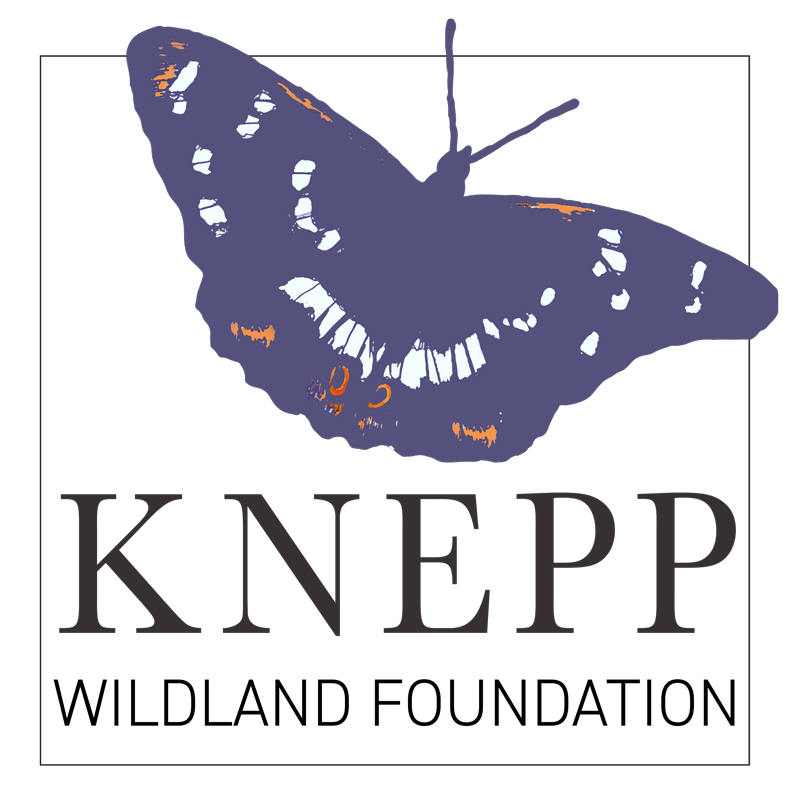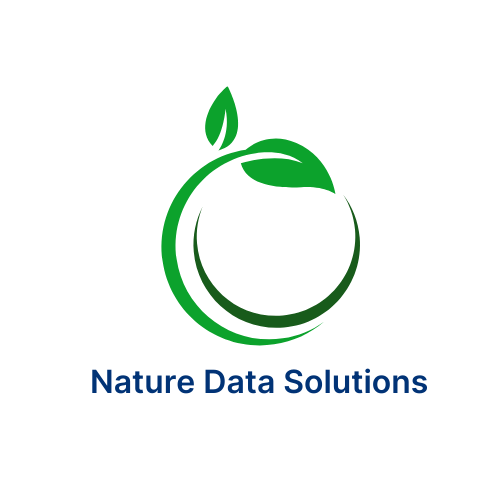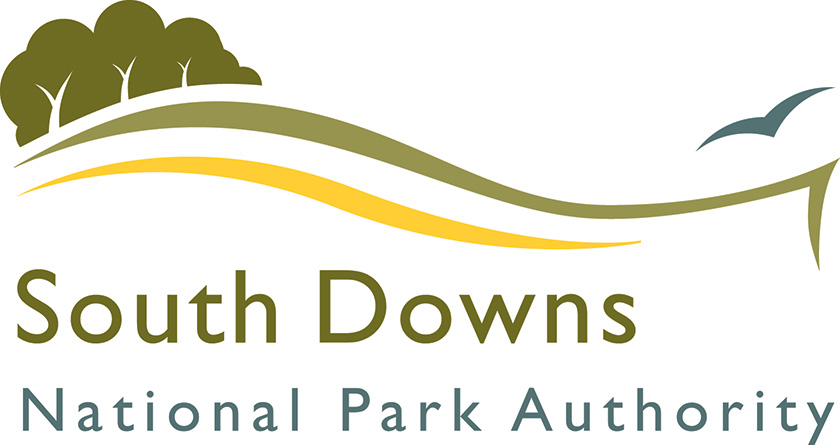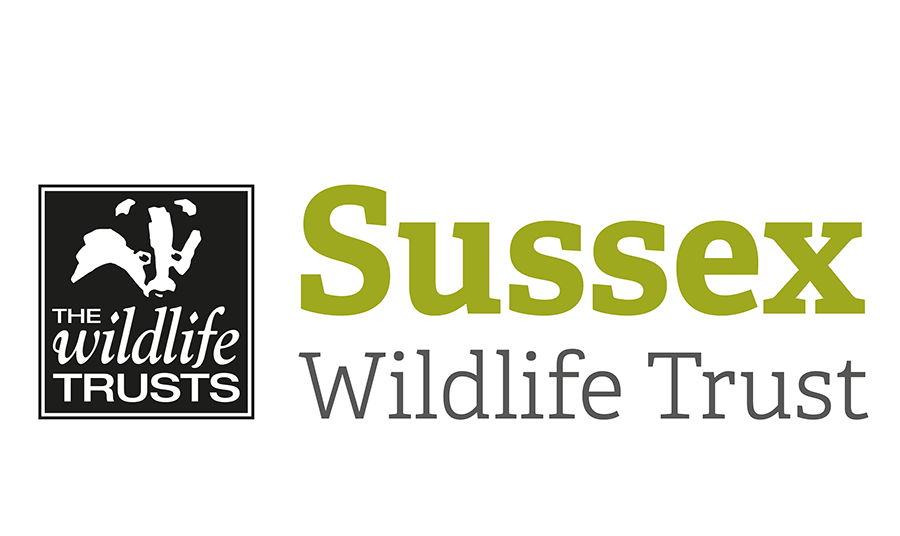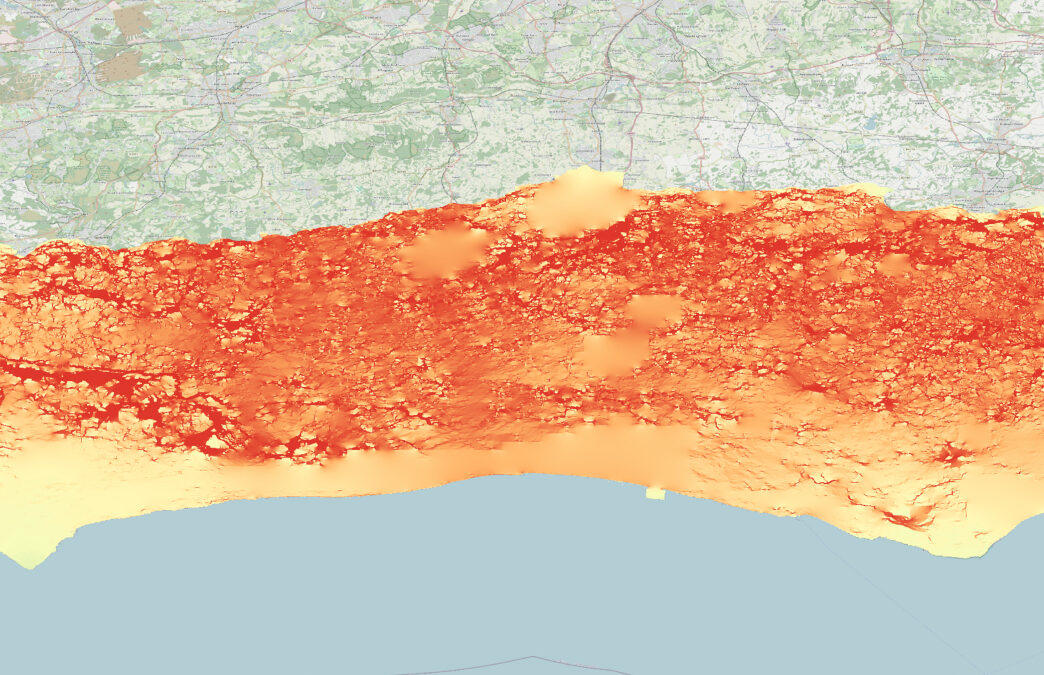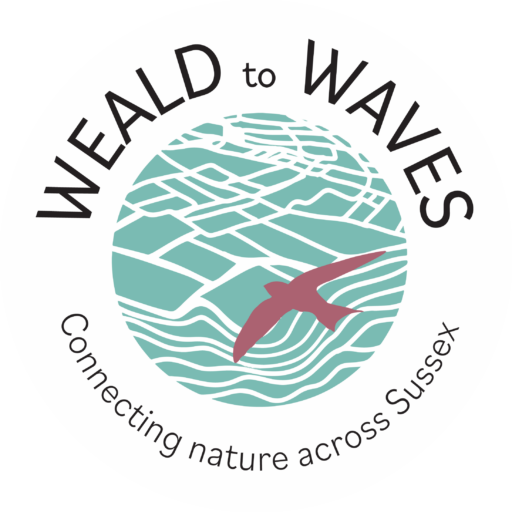
Data and Modelling
Habitat Connectivity Modelling
The Habitat Connectivity Modelling project uses a combination of advanced modelling techniques to map and understand how wildlife moves across Sussex. By integrating land cover data, the dispersal ability of our “Champion Species”, and species-specific pressures such as light pollution and roads, we can pinpoint areas where fragmentation is limiting wildlife movement.
Habitat connectivity describes how easily species can travel between the places they need for feeding, breeding, and shelter. Fragmented landscapes result in isolated populations, declining biodiversity, and weaker ecosystem resilience. Through improved connectivity, we can restore functional ecological networks, helping wildlife to move, thrive, and adapt to environmental change.
We are mapping habitat connectivity across West Sussex, East Sussex, the South Downs, and the High Weald, using five “Champion Species” that represent the needs of a wide range of wildlife. This approach enables us to plan targeted interventions that support biodiversity recovery and a connected, resilient landscape.
Project Aims
- Identify gaps in functional connectivity and evidence intervention
- Facilitate intervention, through habitat creation or enhancement in the “gaps”
- Create a fundable landscape based on modelling
- Evidence the need for other interventions, such as green infrastructure
- Storytell and engage audiences with landscape conservation
- Tie together the different scales of land manager involvement with Weald to Waves, demonstrating the connectivity we can achieve with collaboration from farms to gardens.
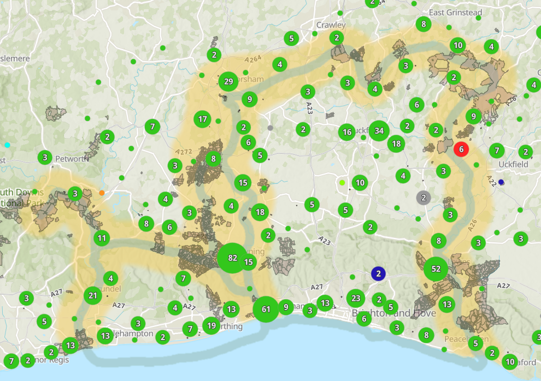
Understanding the landscape
From the Eyes of Wildlife
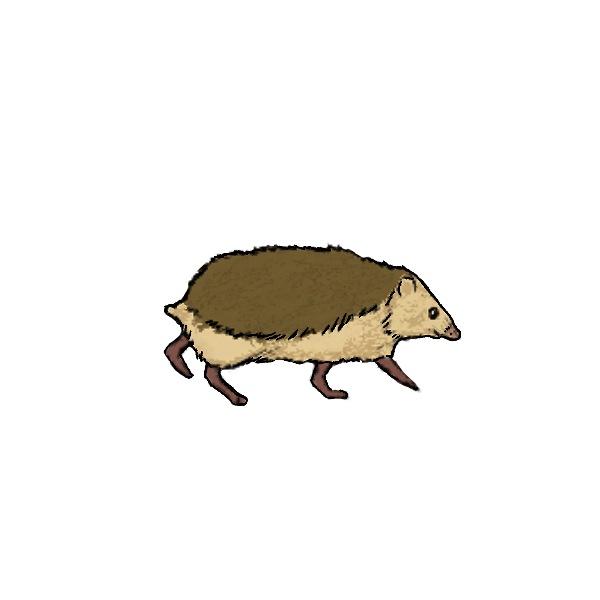
Hedgehogs
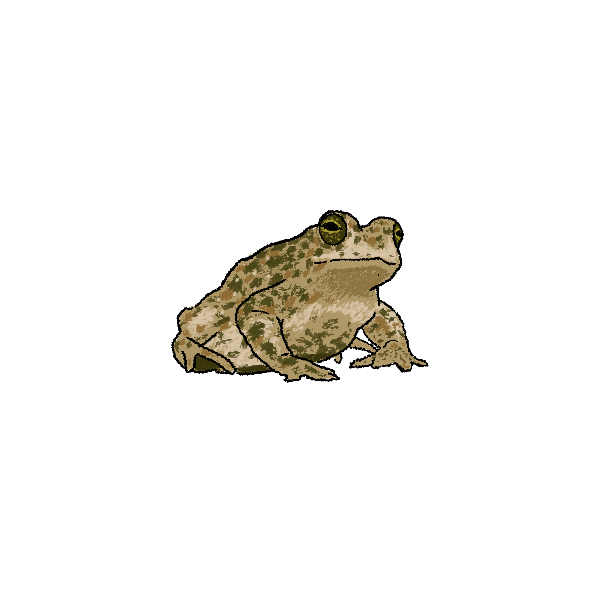
Frogs and Toads
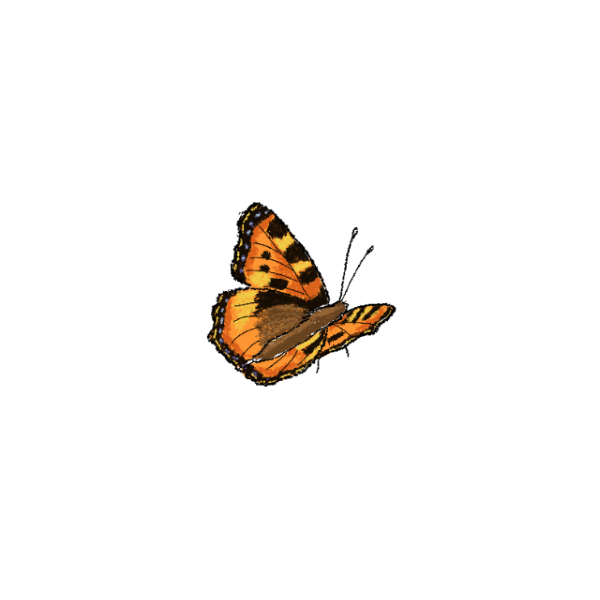
Butterflies
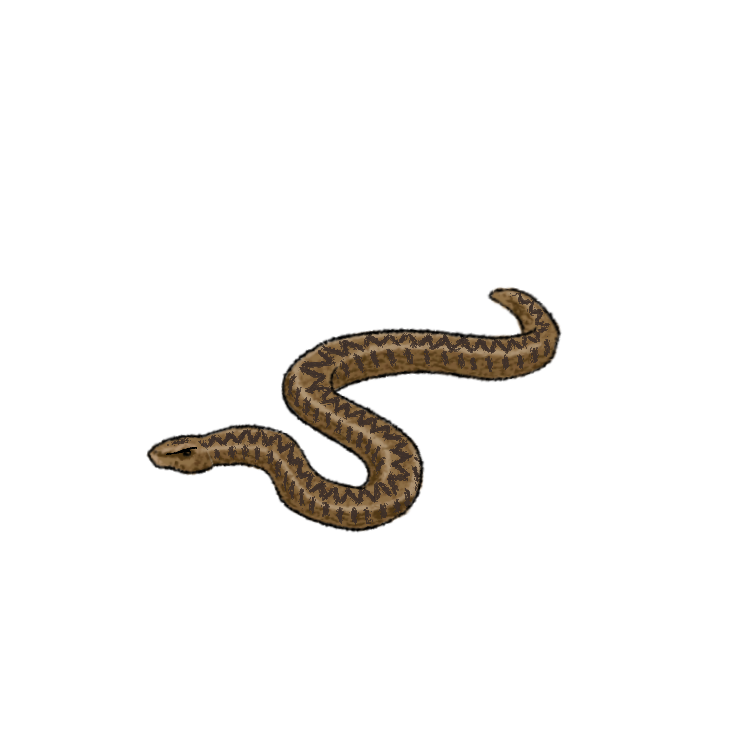
Adders
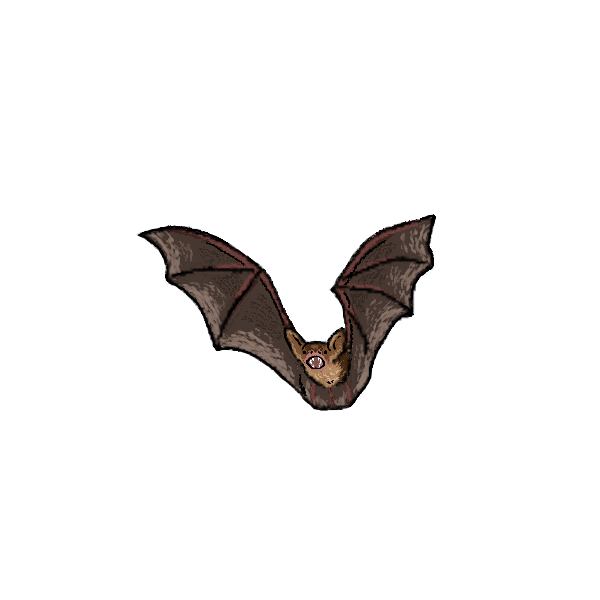
Bats

Representing many species...
The Science Behind the Maps
We combined several different techniques for modelling connectivity, to consider land cover, the dispersal ability of our “champion species”, and species-specific pressures such as light pollution and roads. By overlaying the results of this modelling, we can start to prioritise action in areas of particular fragmentation.
Circuitscape Model
(Resistance Maps)
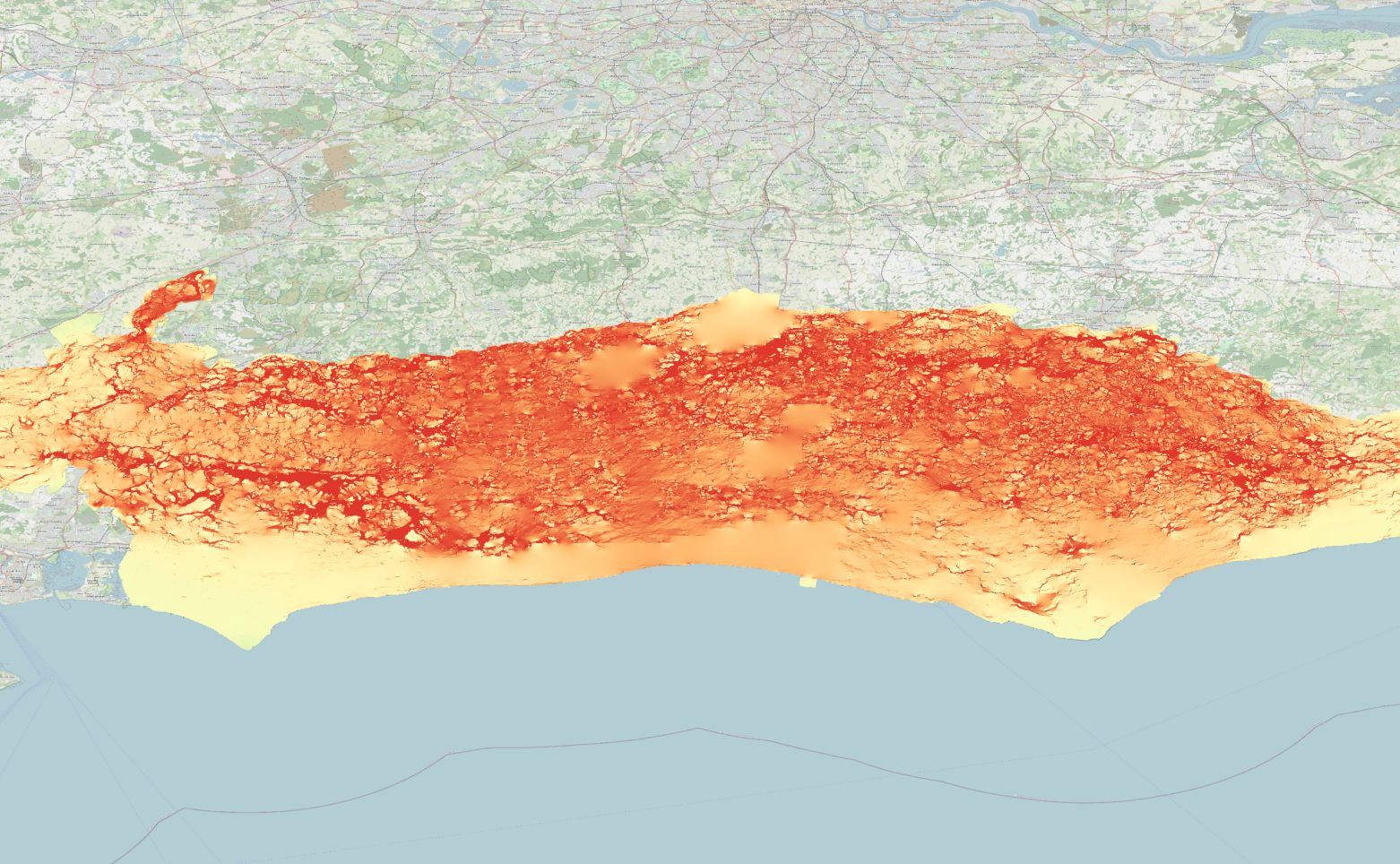
Circuitscape treats landscapes as resistance maps, where low-resistance areas, based on land use maps, facilitate movement and the high-resistance regions act as barriers.
Movement through resistance surfaces is simulated, tied to behaviour or ecological preferences. It integrates species movement data with climate-informed landscape scenarios to evaluate how corridors may shift under changing conditions.
Condatis Model
(Bottlenecks)

Condatis focuses on the flow of species across landscapes, modelling dispersal pathways and identifying corridors that optimise population persistence. It relies on species-specific dispersal abilities, habitat suitability, and landscape permeability.
Bottlenecks are identified where connective pathways are significantly strained as a limited route for species movement across a landscape.
A Collaborative Effort
Experts and practitioners came together to help us understand the complexity of how our landscape is connected. Without them, nature recovery on a landscape scale would not be possible.
